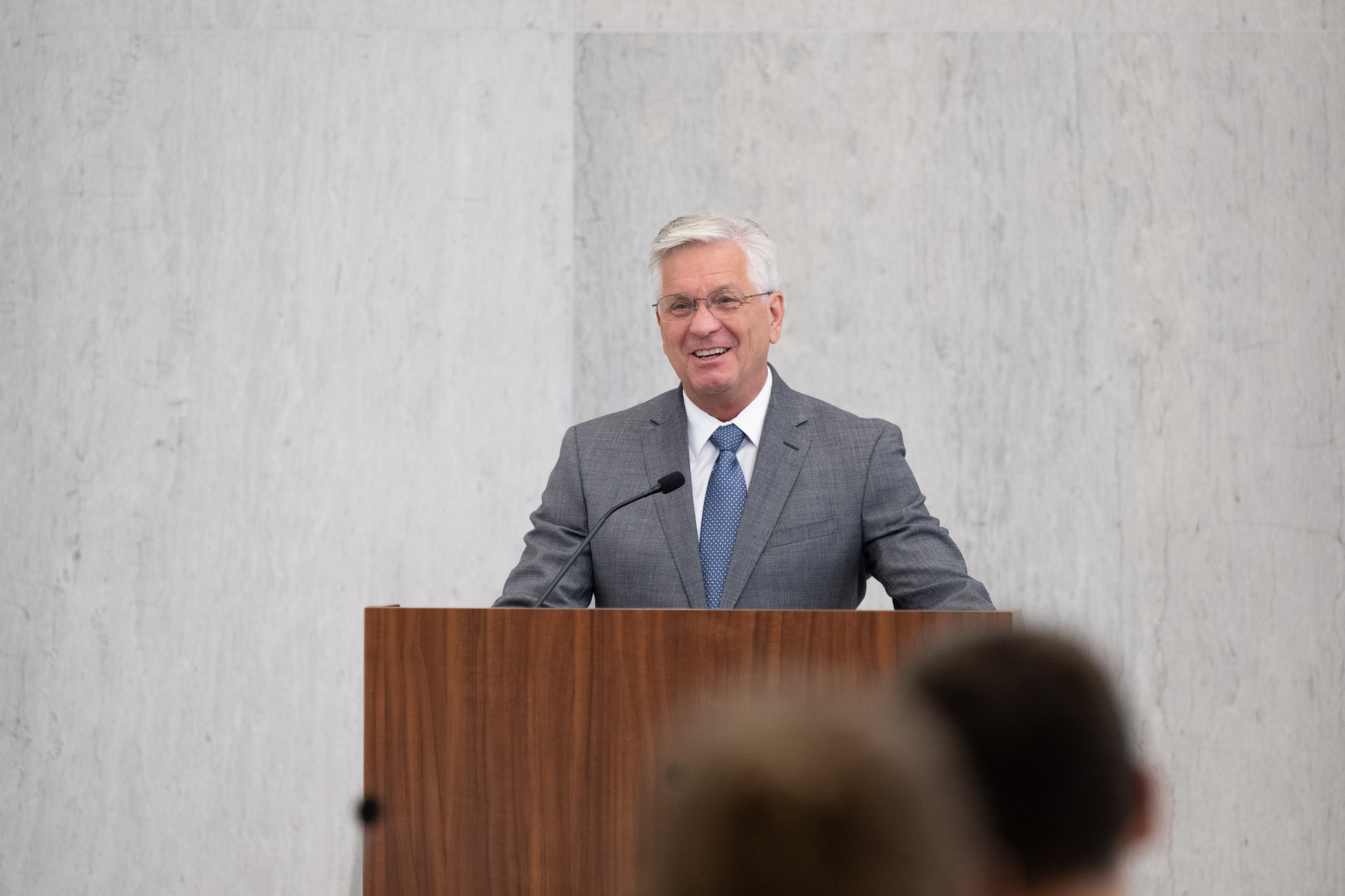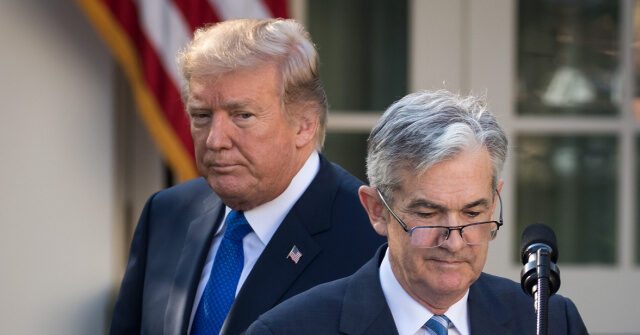The Fed Needs Some Dissent and Diversity
Larry Kudlow nailed it.
In a blistering column this week, Kudlow warned that the Federal Reserve has fallen prey to bureaucratic groupthink—a uniform mindset masquerading as consensus. Every policy decision comes down in a tidy 12–0 vote. No dissents. No daylight. Even President Trump’s own appointees to the Board have mostly gone along with Fed Chair Jerome Powell’s agenda.
This isn’t healthy. And it’s not sustainable.
But Trump now has a rare opportunity to break the cycle. He can remake the Fed with three decisive moves:
- Appoint an outside-the-box voice to replace Adrienne Kluger, whose term ends in January.
- Promote Christopher Waller to Chair of the Federal Reserve.
- Fill the resulting Board vacancy with another independent-minded economist.
Call it the anti-groupthink hat trick.
Waller Is the Obvious Choice
Trump made his position clear this week when he said the Fed should cut rates now—and “if there’s inflation in six months or nine months, you…raise the rates.” Christopher Waller said the same thing, with less comic flair but more precision, in his CNBC interview: “We could do this [cut rates] as early as July,” Waller said. “Then we can kind of see what happens with inflation.”
That’s exactly the sort of nimble approach to policy today’s uncertainty calls for. It’s flexible, scenario-based policymaking—exactly what the Fed claims to value but rarely delivers.

Federal Reserve Governor Christopher Waller delivers remarks on August 19, 2024. (Federal Reserve via Flickr)
Economist Neil Dutta, head of macro at Renaissance Macro, offered a clear endorsement of Waller in a recent note to clients: “He is a flexible thinker. Unlike others being discussed, it is not immediately obvious to me what will come out of his mouth.”
Waller has earned his credibility. He was one of the most forceful voices for rate hikes in early 2022 but also made an early, accurate call for a soft landing. In a July 2022 FEDS note, he and Andrew Figura concluded that the Fed could tame inflation without significantly harming employment—a forecast grounded in labor-market data from the Beveridge curve. Now, with inflation easing and early signs of labor-market softening, Waller is again ahead of the curve—arguing for a cut while much of the Federal Open Market Committee (FOMC) insists on waiting for more opaque model guidance.
He also offers something Powell doesn’t: a framework. As Dutta put it, “While the FOMC takes a ‘wait to learn’ (sit back and relax?) approach, Waller is already doing the scenario analysis everyone seems to say they want.”
A Real Opportunity to Appoint Independent Thinkers
The second leg of the hat trick is appointing a new voice to replace Adrienne Kugler, whose term ends in January. One option? Joe Lavorgna, a former NEC economist who now serves at Treasury. He understands how policy, markets, and communication interact. During Trump’s first term, Lavorgna helped articulate a growth-focused strategy that balanced low interest rates with supply-side expansion. He’s not bound by academic orthodoxy and wouldn’t be afraid to challenge FOMC consensus.
That pick alone would begin to disrupt the Fed’s culture of conformity. As Kudlow pointed out, it’s unclear why Trump appointees like Waller and Bowman haven’t dissented more frequently. One explanation: Powell’s Fed discourages dissent. The only way to change that is to bring in people willing to think differently—and back them with a chairman who values open debate.
One More Pick to Seal the Deal
Promoting Waller would open up a Board seat—technically, Powell’s. Trump should fill it with another bold, empirically grounded economist. Two top candidates: Neil Dutta and Stephen Miran.
Dutta, as noted above, is one of the clearest and most accurate forecasters on Wall Street. He’s not afraid to go against consensus—and he’s usually right when he does. His ability to argue dovish policy on the merits, not ideology, would be an asset to the Fed’s credibility and intellectual honesty.
Stephen Miran, currently serving as Chair of the Council of Economic Advisers, brings real-world policy experience and economic scholarship to the table. He previously served as a senior advisor at the Treasury Department during Trump’s first term. A Harvard-trained economist, Miran has written extensively on trade and inflation, making the case that tariffs don’t automatically fuel price increases, especially when paired with supply-side policy. His work reframes trade as a growth lever—not a monetary threat. That perspective is exactly what’s missing at Powell’s Fed.
Together, Dutta and Miran represent what the Fed sorely lacks: intellectual diversity grounded in real-world experience and indepdence of thought—not just spreadsheet simulations or output gaps, but actual economic behavior, policy coordination, and market feedback loops.
The Path Forward
If Trump pulls off this hat trick—Waller, Lavorgna, Dutta or Miran—the Fed won’t just be more dovish. It will be more transparent, more grounded, and more responsive to the real economy.
It will be a Fed where 12–0 votes aren’t the norm, and where the public doesn’t have to guess which anecdote Powell heard that week to form his inflation outlook.
It will be, finally, a Fed that thinks again.


















